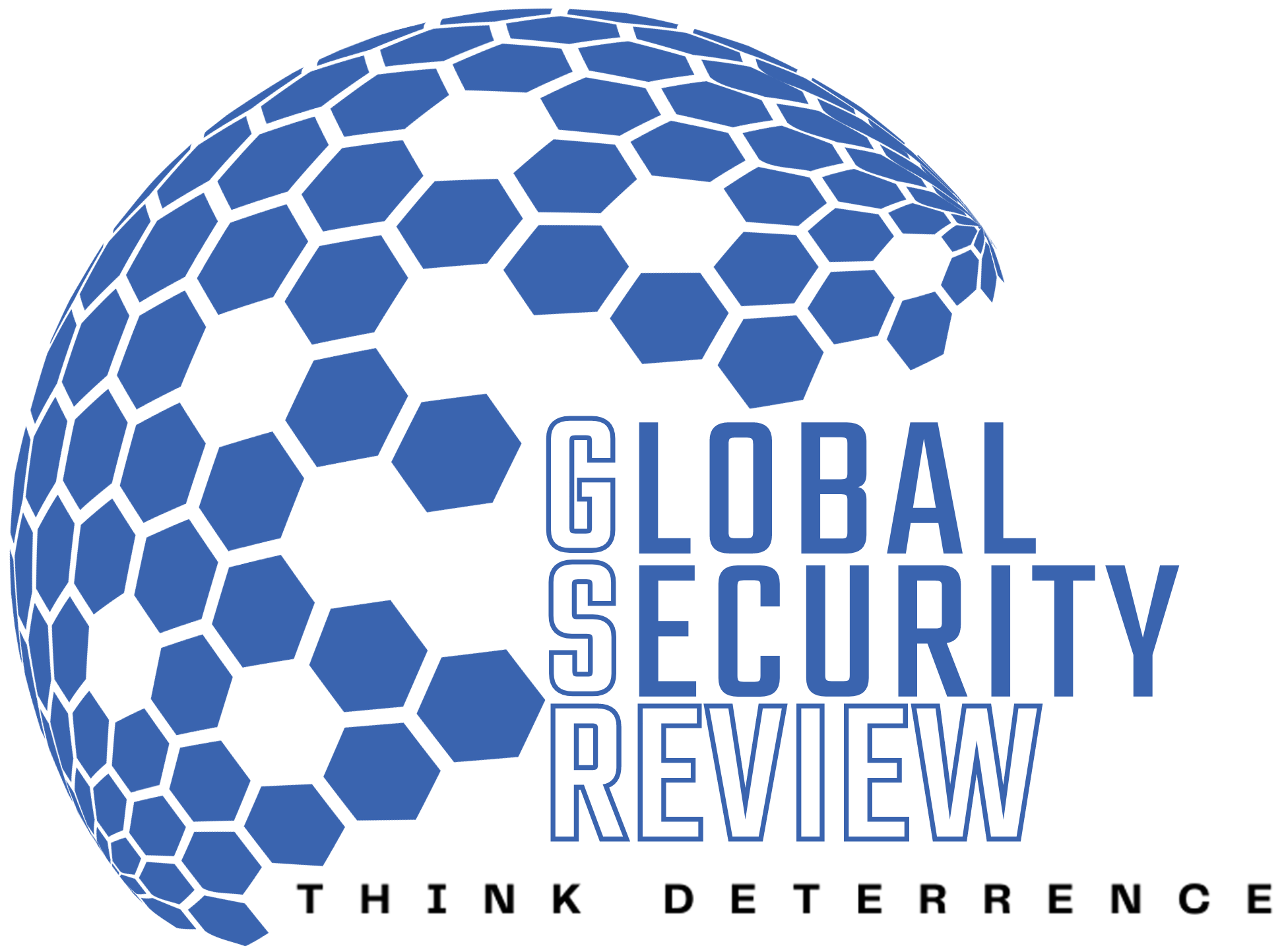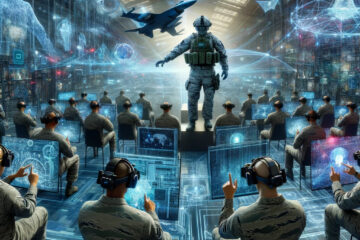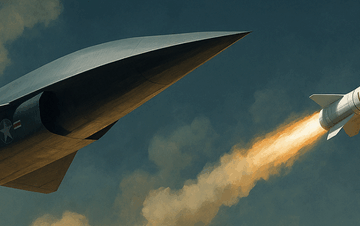Key Takeaways from: ICBM EAR Week of February 10, 2025
Overview
The report, prepared by Peter Huessy, comprehensively assesses nuclear deterrence, strategic security issues, and emerging threats. It includes key quotes from U.S. leaders, updates on nuclear modernization, policy discussions, and geopolitical analysis.
Key Themes & Highlights
- Strategic Nuclear Posture & Modernization:
- U.S. nuclear deterrence strategies are facing significant challenges, with adversaries such as Russia and China expanding their arsenals.
- The U.S. Air Force has paused elements of the Sentinel ICBM program due to evolving requirements.
- Modernization efforts include upgrades to the B61 and B83 nuclear gravity bombs, though concerns persist regarding the adequacy of U.S. capabilities against hardened enemy targets.
- Policy & Leadership Insights:
- Secretary of Defense Peter Hegseth emphasizes the need to rebuild the military’s warrior ethos and align capabilities with threats.
- House Armed Services Committee (HASC) Chairman Mike Rogers stresses the necessity of increased defense spending to counter global threats.
- Former President Donald Trump calls for nuclear arms control talks with Russia and China, while also questioning the need for new nuclear weapons given existing stockpiles.
- Geopolitical Developments & Deterrence Challenges:
- Concerns over a growing Sino-Russian-North Korean-Iranian alignment seeking to undermine the Western security order.
- Debate over extended nuclear deterrence and the potential for allied nations to develop independent nuclear capabilities.
- The future of U.S. nuclear triad strategy amid reports of China’s advancements in submarine detection technology.
- Ukraine Conflict & U.S. Policy:
- Differing views on U.S. involvement in Ukraine, with some advocating for continued support while others argue for de-escalation and negotiations.
- Analysis of Russian vulnerabilities, including internal instability and the potential for civil unrest post-Putin.
- Congressional & Budgetary Updates:
- The House Budget Committee supports increased defense spending, with an additional $100 billion allocated for the next year.
- Senate Majority Leader John Thune discusses priorities related to Air Force modernization, including the B-21 bomber program.
- Emerging Threats & Strategic Risks:
- Reports suggest that China has developed new submarine detection technologies that could undermine the stealth advantage of U.S. nuclear submarines.
- Analysis of the potential consequences of Vladimir Putin’s downfall, including the risk of nuclear proliferation due to internal instability in Russia.
Download the full report
About the Author

Peter Huessy
Mr. Peter Huessy is President of his own defense consulting firm, Geostrategic Analysis, founded in 1981, and through 2021, Director of Strategic Deterrent Studies at the Mitchell Institute on Aerospace Studies. He was the senior defense consultant at the National Defense University Foundation for 22 years. He was the National Security Fellow at the AFPC, and Senior Defense Consultant at the Air Force Association from 2011-2016.
Mr. Huessy has served as an expert defense and national security analyst for over 50 years, helping his clients cover congressional activities, arms control group efforts, nuclear armed states actions, and US administration nuclear related policy, budgets, and strategies, while monitoring budget and policy developments on nuclear deterrence, ICBM modernization, nuclear arms control, and overall nuclear modernization.
He has also covered nuclear terrorism, counterterrorism, immigration, state-sponsored terrorism, missile defense, weapons of mass destruction, especially US-Israeli joint defense efforts, nuclear deterrence, arms control, proliferation, as well as tactical and strategic air, airlift, space and nuclear matters and such state and non-state actors as North Korea, China, Iran, Syria, Venezuela and Hezbollah, Hamas, and Al Qaeda. This also includes monitoring activities of think tanks, non-governmental organizations, and other US government departments, as well as projecting future actions of Congress in this area. His specialty is developing and implementing public policy campaigns to secure support for important national security objectives. And analyzing nuclear related technology and its impact on public policy, a study of which he prepared for the Aerospace Corporation in 2019.




